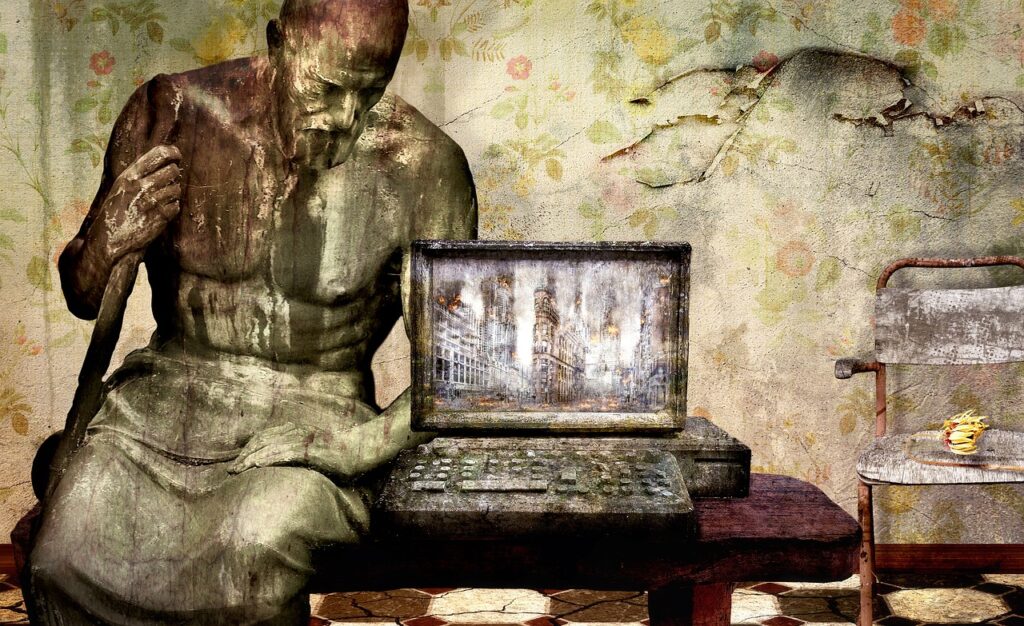Microsoft will officially end support for Windows 10 on 14 October 2025. From that date, the operating system will no longer receive security patches or feature updates—leaving any remaining Windows 10 machines vulnerable and out of step with modern cyber protection.
But this isn’t just a software issue—it’s increasingly becoming a hardware challenge. Many existing PCs won’t be eligible for an upgrade to Windows 11, and the reason is rooted in one critical component: the TPM chip (Trusted Platform Module).
In this article, we’ll explain why the end of Windows 10 could mean replacing your device, what the TPM is, and why it matters for cybersecurity.
🛑 Why You Can’t Simply Upgrade from Windows 10 to Windows 11
Previous versions of Windows allowed relatively straightforward upgrades. Not so this time.
Microsoft has made TPM 2.0 and certain processor types mandatory requirements for installing Windows 11. That means many older but perfectly usable devices can’t be upgraded and will effectively be stranded once Windows 10 support ends.


🔐 What Is a TPM and Why Is It Important?
The Trusted Platform Module (TPM) is a small, tamper-resistant hardware chip embedded in many modern motherboards—or implemented through firmware. It’s designed to enhance security at the hardware level.
A TPM helps with:
- Full disk encryption (e.g. BitLocker), keeping data safe even if the device is lost or stolen
- Secure boot, ensuring only trusted code loads at startup
- Credential protection, securing PINs, passwords, and biometric login data
- Compliance, helping organisations align with standards such as Cyber Essentials and ISO 27001
💡 Why Microsoft Requires TPM for Windows 11
The decision to require TPM 2.0 wasn’t just about performance—it’s a security-first move. Cyber threats have evolved significantly, with malware increasingly targeting firmware and hardware-level vulnerabilities.
By requiring TPM 2.0, Microsoft ensures every Windows 11 device starts with a baseline of trusted, hardware-backed security.
💻What This Means for You and Your Business
If your PC doesn’t meet the Windows 11 hardware requirements (TPM 2.0 and a supported CPU), you face two major consequences:
- You won’t be able to upgrade from Windows 10
- You’ll be running an unsupported and increasingly vulnerable system after 2025
For individuals and businesses alike, this could mean replacing hardware that still seems fit for use—but won’t meet modern cybersecurity standards.

✅ What You Should Do Now
- Check if your PC is compatible with Microsoft’s PC Health Check Tool
- Create an inventory of all business devices to determine what can and can’t be upgraded
- Start budgeting and planning for replacements, especially for critical or older systems
- Engage an IT partner to help assess your options and prepare for the transition
Conclusion:
The end of Windows 10 is more than a software deadline—it’s a shift toward a more secure computing environment. While hardware replacement might seem inconvenient, it’s part of building a stronger, safer foundation for the future.
If you need advice, auditing, or assistance planning your upgrade roadmap, Jonathan McHarg Consulting Ltd is here to help. We support businesses through change with clarity, confidence, and expert guidance.
📧 Get in touch today to plan your Windows 11 transition.